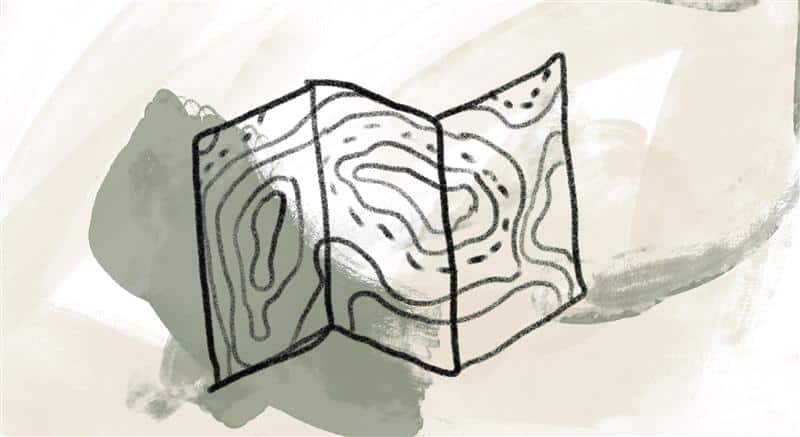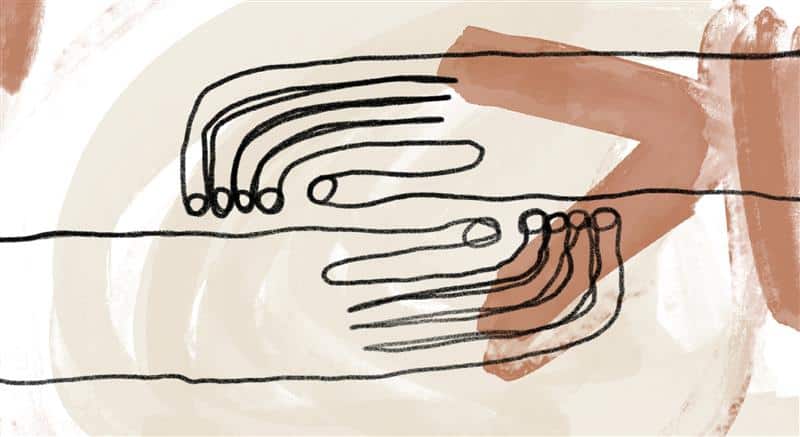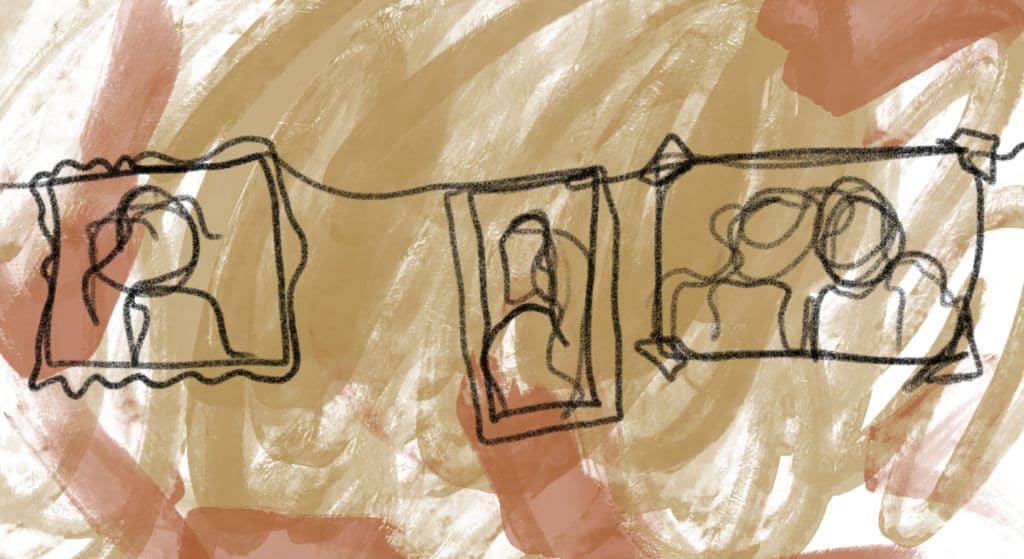
Author Laura Swan, a Benedictine nun, has studied Christian women’s spirituality movements and writes about the alternative lifestyle of the medieval beguines:
The beguines began to form in various parts of Europe over eight hundred years ago—around the year 1200. Beguines were laywomen, not nuns, and thus did not take solemn vows and did not live in monasteries. The beguines were a phenomenal way of life that swept across Europe, yet they were never a religious order or a formalized movement. And they did not have one specific founder or rule to live by. But there were common elements that rendered these women distinctive and familiar, including their common way of life, chastity and simplicity, their unusual business acumen, and their commitment to God and to the poor and marginalized. These women were essentially self-defined, in opposition to the many attempts to control and define them. They lived by themselves or together in so-called beguinages, which could be single houses for as few as a handful of beguines or, as in Brugge, walled-in rows of houses enclosing a central court with a chapel where over a thousand beguines might live. [1]
The inner spiritual world of the beguines was rich in imagination. These women, and some of their monastic contemporaries, instigated a seismic shift in the province of the imagination, bringing their embodied experience of God and their spiritual journey into a broadened and deepened inner realm. Beguine mystics experienced a fiercely intimate encounter with the Divine—whom they called both “God” and “the One”.…
For these women, prayer was being in the presence of God, seeking to unite their minds and hearts with the One they loved (and whom they frequently referred to as their “Beloved”). A central goal in life for beguines was unity of will—that their personal will would become so united with the will of God that they essentially functioned as a unified whole. God’s heart would be the seeker’s heart; the seeker’s heart would find a home in God and God alone. This unity of will would be evidenced by joy, mercy and compassion, and love….
Beguines exhorted their followers to recognize that there existed no impediment to a deep and meaningful prayer life. No matter what a person’s station in life, be they educated or uneducated, poor or wealthy, it did not impede or deny them awareness of God in their lives. God yearned to draw close to all. [2]
References:
[1] Laura Swan, The Wisdom of the Beguines: The Forgotten Story of a Medieval Women’s Movement (Katonah, NY: BlueBridge, 2014), 1–2.
[2] Swan, Wisdom of the Beguines, 88, 92, 94.
Image credit: A path from one week to the next—Alma Thomas, Snow Reflection on Pond (detail), 1973, acrylic on canvas, Smithsonian. Loïs Mailou Jones, Jeune Fille Français (detail), 1951, oil on canvas, Smithsonian. Loïs Mailou Jones, Textile Design for Cretonne (detail), 1928, watercolor on paper, Smithsonian. Click here to enlarge image.
Mechtild looks into our eyes with peace and knowing of the Beloved – we look back into her eyes having beheld the same Beloved.
Story from Our Community:
A short time ago, I went to the seashore for solace. A disaster had swept away everything of the life I had known. While walking the shore, I noticed some anemones flourishing in the tidepools. They had been cut off from the tide, isolated in the shallows. I, too, was feeling isolated. I bent toward the anemones, and gently touched one with my finger. It recoiled inward on itself. I suddenly understood that I must let God touch me from above and try not close inward on myself as the anemone did. Scientists have called the ocean the cradle of all life forms. In religious life, water is often the symbol of transformation. Poets and mystics tend to see water not only as the symbol for but source of change. Without the living water of faith, we all shrivel and die. —Anne W.




